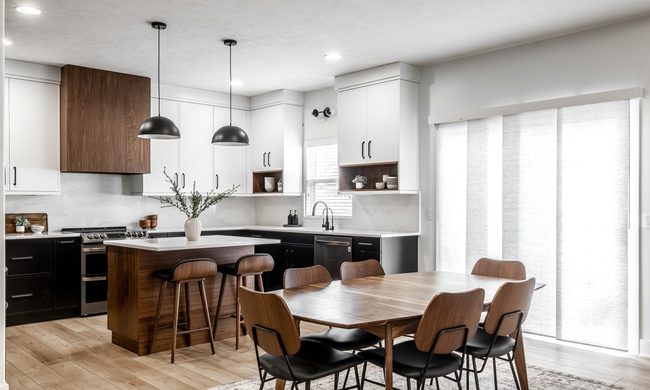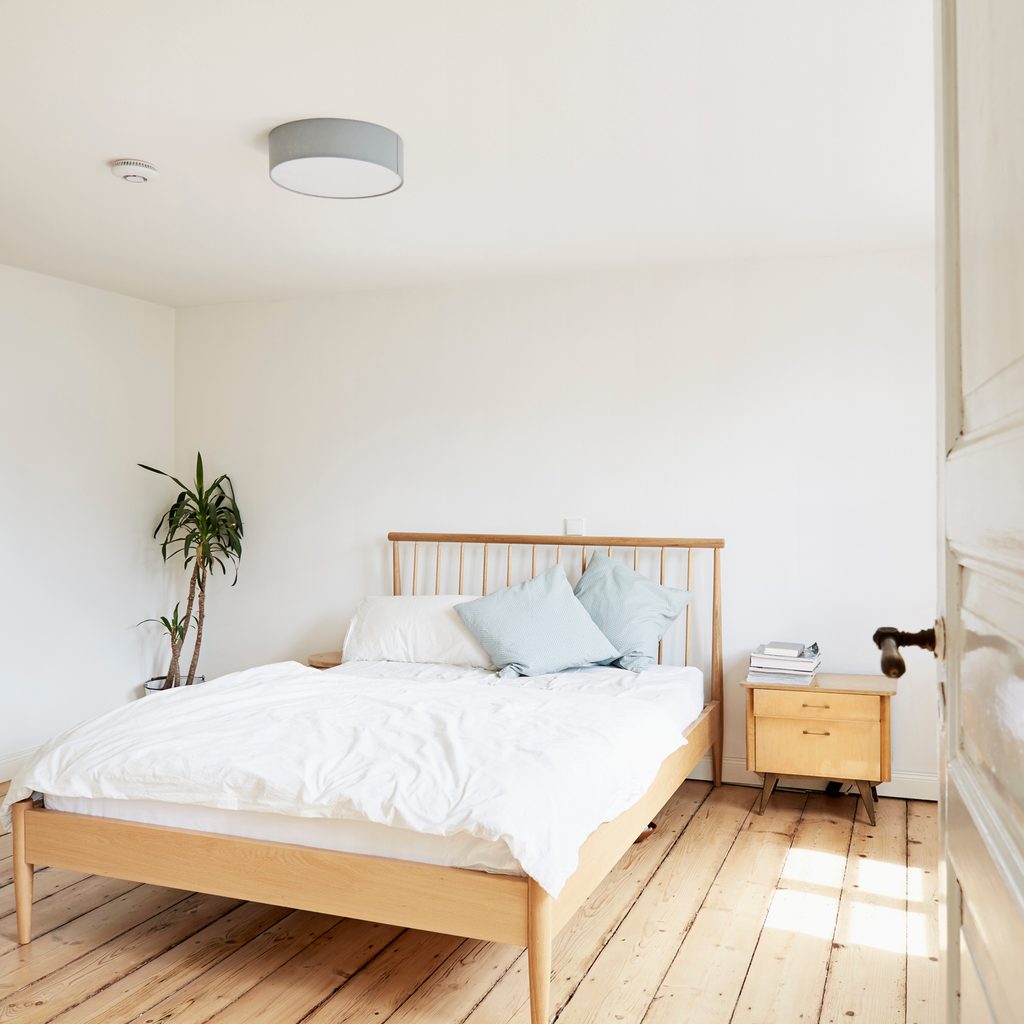
Your bedroom is more than just a place to sleep. It’s a sanctuary for relaxation and rejuvenation. To achieve the perfect balance of harmony and energy flow in your bedroom, consider the ancient art of feng shui. In this guide, we’ll explore the dos and don’ts of creating a feng shui bedroom, helping you create a space that promotes restful sleep and positive energy.

What is feng shui?
Feng shui, often referred to as the “art of placement,” is a traditional Chinese practice that involves arranging your environment to enhance the flow of energy, or “chi.” In the context of your bedroom, feng shui principles can be applied to create a space that promotes serenity, relaxation, and overall well-being.

Good feng shui for your bed
Your bed is crucial when it comes to feng shui, your personal energy, and your well-being. Here are some dos and don’ts to consider about your central bedroom piece.
- Do place the head of your bed against a wall. Positioning your bed with the headboard against a solid wall provides a sense of security and stability, fostering a restful atmosphere.
- Do ensure you’re facing the door. Ideally, position your bed so you can see the bedroom door from your resting place. This allows you to have a clear view of who enters, promoting a sense of control and safety.
- Do get a headboard. A headboard adds support and grounding energy to your bed, making it an essential bedroom furniture piece for good feng shui in your space.
- Don’t let your feet point directly out the door. Avoid positioning your bed in a way that makes your feet point directly toward the bedroom door. This is known as the “coffin position” and is considered inauspicious in feng shui.
- Don’t place your bed under a window. Beds under windows lack support and can lead to a feeling of vulnerability. It’s best to avoid this arrangement for a better night’s sleep.
- Don’t place your bed against a wall shared with the bathroom. Sharing a wall with the bathroom can introduce negative energy into your bedroom. Try to avoid this configuration if possible.
- Don’t place your bed under low or hanging items. Low beams, chandeliers, or sloping ceilings can create a sense of pressure and unease. Ensure your bed is not positioned beneath any such obstructions.
- Don’t use the space under your bed for storage. The space beneath your bed is important in feng shui. Keep it empty for good energy flow or store soft, sleep-related items for a calming atmosphere. Avoid storing shoes or luggage so you don’t feel restless or as if you’re always on the go.
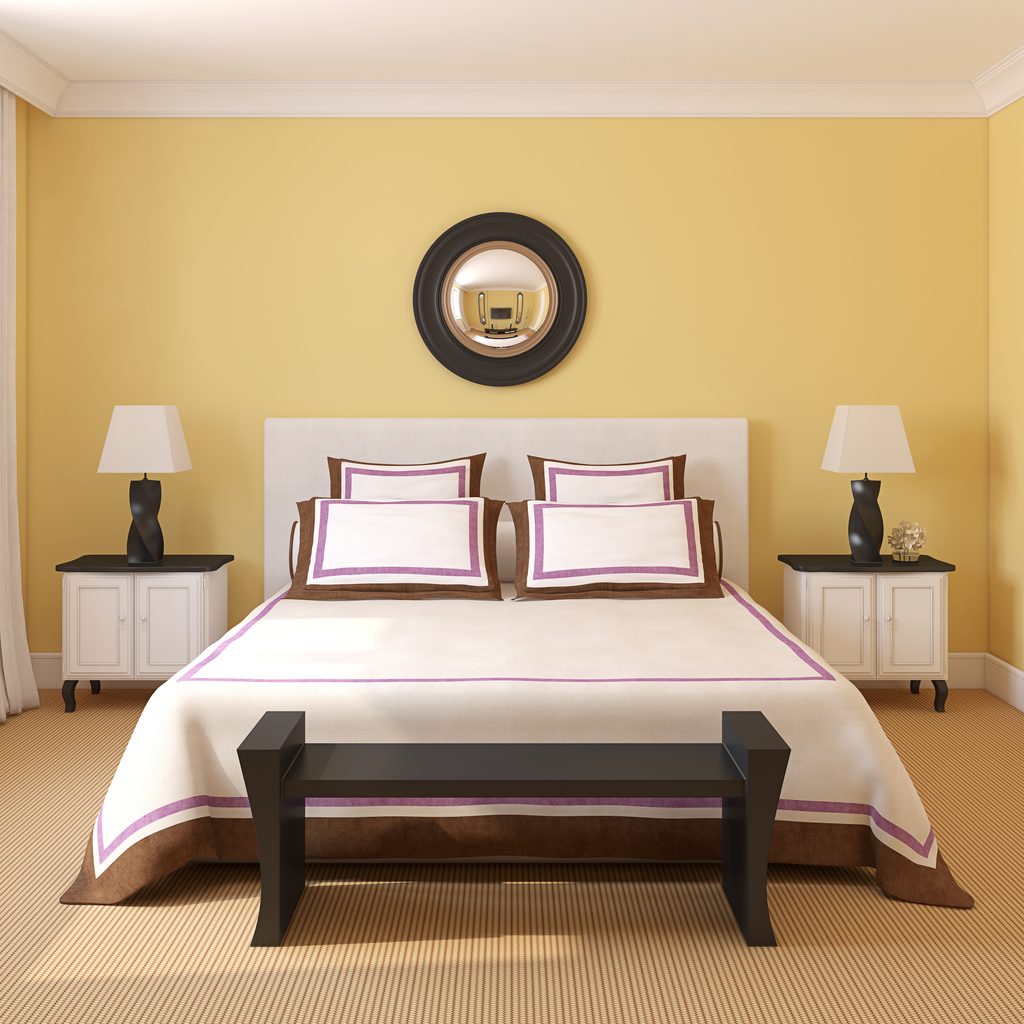
Create symmetry in the bedroom
Symmetry is an essential principle in feng shui that helps balance energy. Balance in the bedroom helps with calm and relaxation, so here are some ways to achieve symmetry in this vital space.
- Do leave room on both sides of the bed. Ensure there is enough space on either side of the bed for balance and ease of movement. This also promotes a feeling of equality and balance between partners.
- Do have two nightstands on either side of the bed. Similar to having space on each side of the bed, having matching nightstands on both sides of the bed creates harmony and symmetry in the room.
- Don’t place the bed horizontally against the wall. Avoid pushing the side of the bed against the wall, as this can create stagnant energy and hinder the flow of chi.
- Don’t place the bed in a corner. Positioning your bed in a corner can lead to a sense of entrapment and unease. Opt for a more open placement.
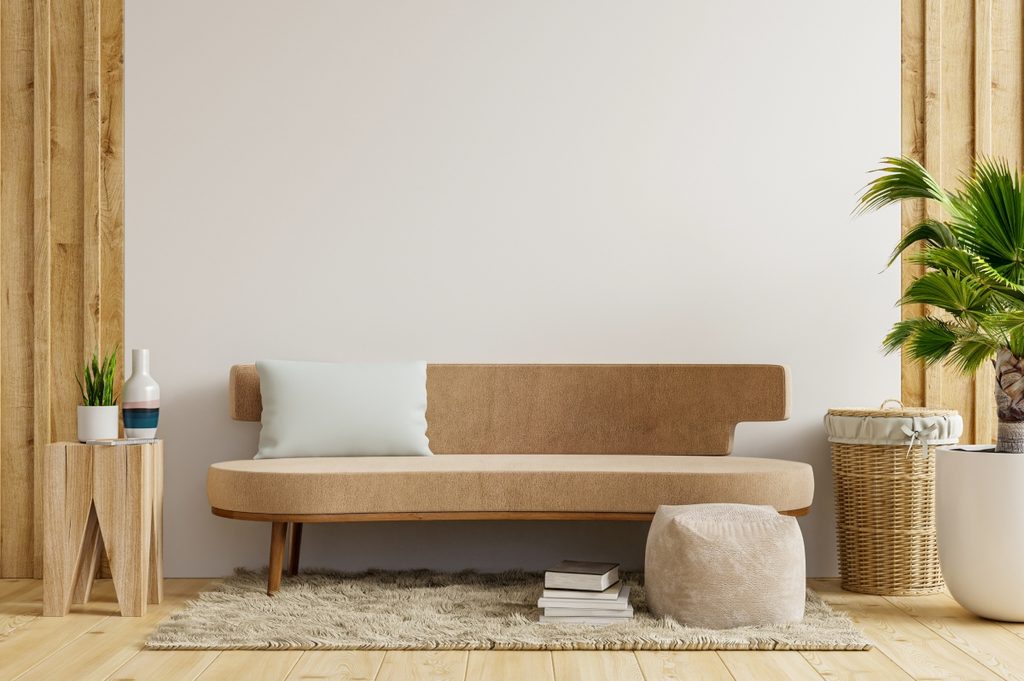
Choose feng shui bedroom colors
The colors you choose for your bedroom can significantly impact its feng shui. Here are some guidelines.
- Do choose neutral, earthy tones for walls. Neutral colors like soft beige, gentle greens, or a soothing slate blue create a tranquil atmosphere in the bedroom.
- Do choose colors you love for accents. Incorporate colors that resonate with you personally, as they can promote a sense of comfort and relaxation.
- Do choose partnership colors if you’re a couple. For couples, consider incorporating partnership colors like pinks, reds, and whites to enhance the romantic energy in the bedroom.
- Don’t choose bold, stimulating colors. Avoid using bright and stimulating colors like fiery red or electric blue, as they can disrupt the peaceful ambiance of your bedroom.
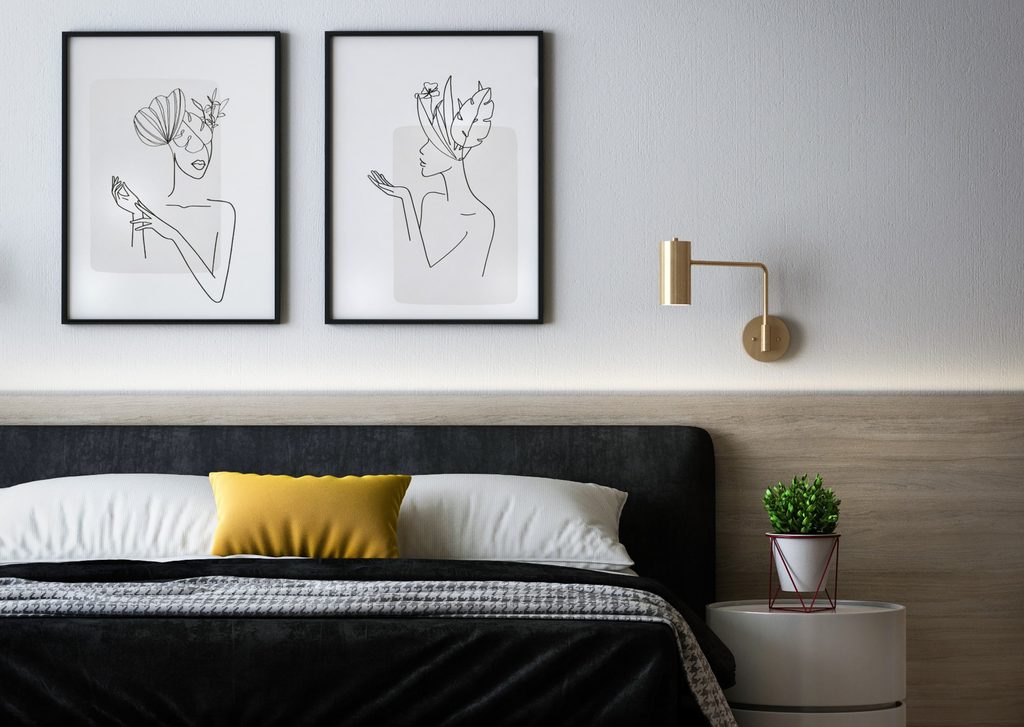
Bring in calming items and remove stimulants
The items you bring into your bedroom can either calm or disrupt its feng shui. Here’s what to do.
- Do choose artwork that encourages relaxation and personal growth. Artwork in your bedroom can impact the energy. Choose soft, romantic images for a loving atmosphere, opt for mellow, relaxing pieces for tranquility, and avoid family photos that may distract and create busyness.
- Do incorporate a small number of living plants and fresh flowers. Feng shui plants and fresh flowers can purify the air and bring a natural, calming energy to your bedroom.
- Do choose linens that are a soothing color and soft material. Opt for bed linens made from soft, comfortable materials and in soothing colors to enhance your sleep quality.
- Don’t keep electronics or exercise equipment in your bedroom. These items emit disruptive energy and should be kept out of the bedroom. Consider creating a technology-free zone for better sleep.
- Don’t have a workspace in your bedroom. Avoid combining your bedroom with a work area, as it blurs the boundaries between work and rest. Instead, create a separate feng shui home office.
- Don’t incorporate water elements in the bedroom. Water elements, such as fountains or aquariums, are not conducive to good feng shui in the bedroom. They can introduce excess yin energy, potentially impacting your sleep patterns and overall well-being.
Incorporating feng shui principles into your relaxing bedroom design can have a profound impact on the quality of your sleep and your overall sense of well-being. By adhering to the dos and avoiding the don’ts we’ve outlined, you can create a harmonious and tranquil space where positive energy flows freely. Your bedroom should be a place of relaxation, rejuvenation, and positive energy flow, supporting your physical and mental health.



